ART 150: History of Art to 1300 Exam 2 [Spring 2025]
1/71
There's no tags or description
Looks like no tags are added yet.
Name | Mastery | Learn | Test | Matching | Spaced |
|---|
No study sessions yet.
72 Terms
What is Buddhism?
A spiritual tradition emphasizing personal development, mindfulness, meditation, and the pursuit of enlightenment.
What are mudra?
Symbolic hand gestures.
What are Bodhisattva?
Enlightened people in Buddhism who remain in the cycle of rebirth in order to help people achieve enlightenment.
What is Hinduism?
Religion originating in India which focuses on dharma (duty), karma (action), and moksha (liberation).
Who is Shiva?
A god in Hinduism who is known for destroying and transforming things.
What is samsara?
The never-ending cycle of life - death - rebirth.
What political thing happened during the Qin Dynasty?
China was unified by Shi Huang after a long period of warfare.
What is Confucianism?
A belief system from China which focuses on the importance of personal ethics and morality.
What is Daoism?
Spiritual tradition founded by Lao Zi which focuses on balance and harmony with nature.
What is Shinto?
A Japanese religion focused on the worship of nature spirits (kami), purification, and protection.
What are kami?
Female/male nature spirits with musubi, or life-giving powers.
When was the Roman Republican period?
509–27 BCE
What happened during the Roman Republican period?
Representative government had officials selected by the public.
How did the Roman Republican period influence Rome’s art?
Statues were hyper realistic of the noble elderly, and celebrated traditional Roman values.
What happened during the Imperial period of Rome?
Augustus (Octavian) rules and starts pax romana.
What is pax romama?
Period of peace and prosperity in the Roman empire.
What is verism?
A style in Roman art focusing on realistic and unidealized depictions of subjects, which emphasized old age and imperfections.
Who was Augustus?
Founded the Roman Empire, and helped Rome enter a period of peace and prosperity by his various reforms.
What was a Roman forum?
A public square in ancient Rome used for meetings, commerce, and other events.
What are Roman triumphal arches?
Arches which celebrate military victories.
What is a barrel vault?
A hallway inside a series of arches.
What is a basilica?
Large, rectangular structures used for legal, business, and government purposes.
What is an amphitheater?
Oval structure used for public spectacles, like gladiatorial games.
What is the oculus?
Opening to the sky (like a skylight) in the Parthenon.
Who was Vespasian?
Roman emperor during the Flavian Dynasty who oversaw the building of the Colosseum, Temple of Peace, and rebuilding of the capitol.

What is this image?
Great Stupa
Where is the Great Stupa from?
Sanchi, India
When is the Great Stupa from?
3rd century BCE
What is a stupa?
Buddhist monument
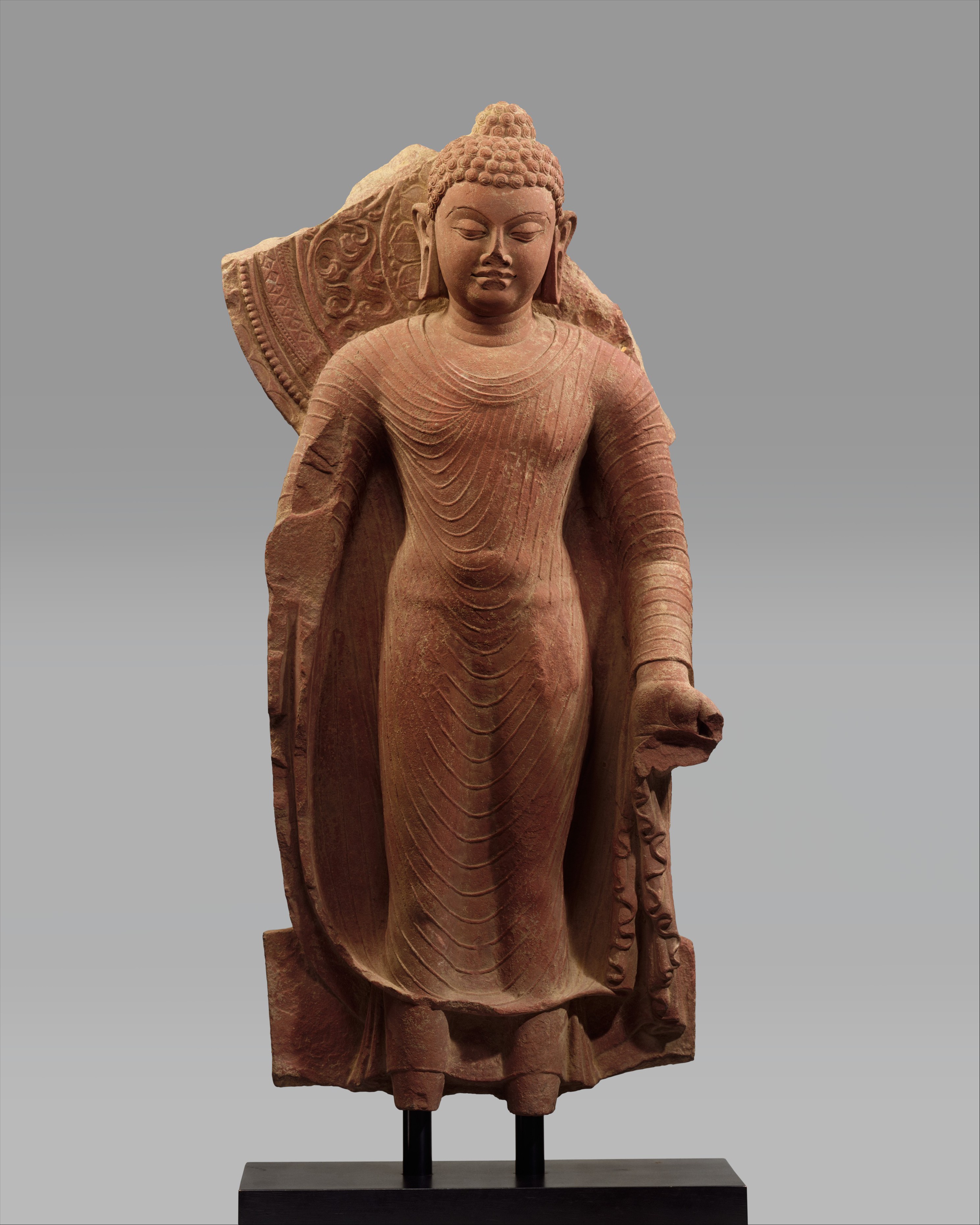
What is this image?
Standing Buddha
Where is the Standing Buddha from?
India
When is the Standing Buddha from?
Late 5th century
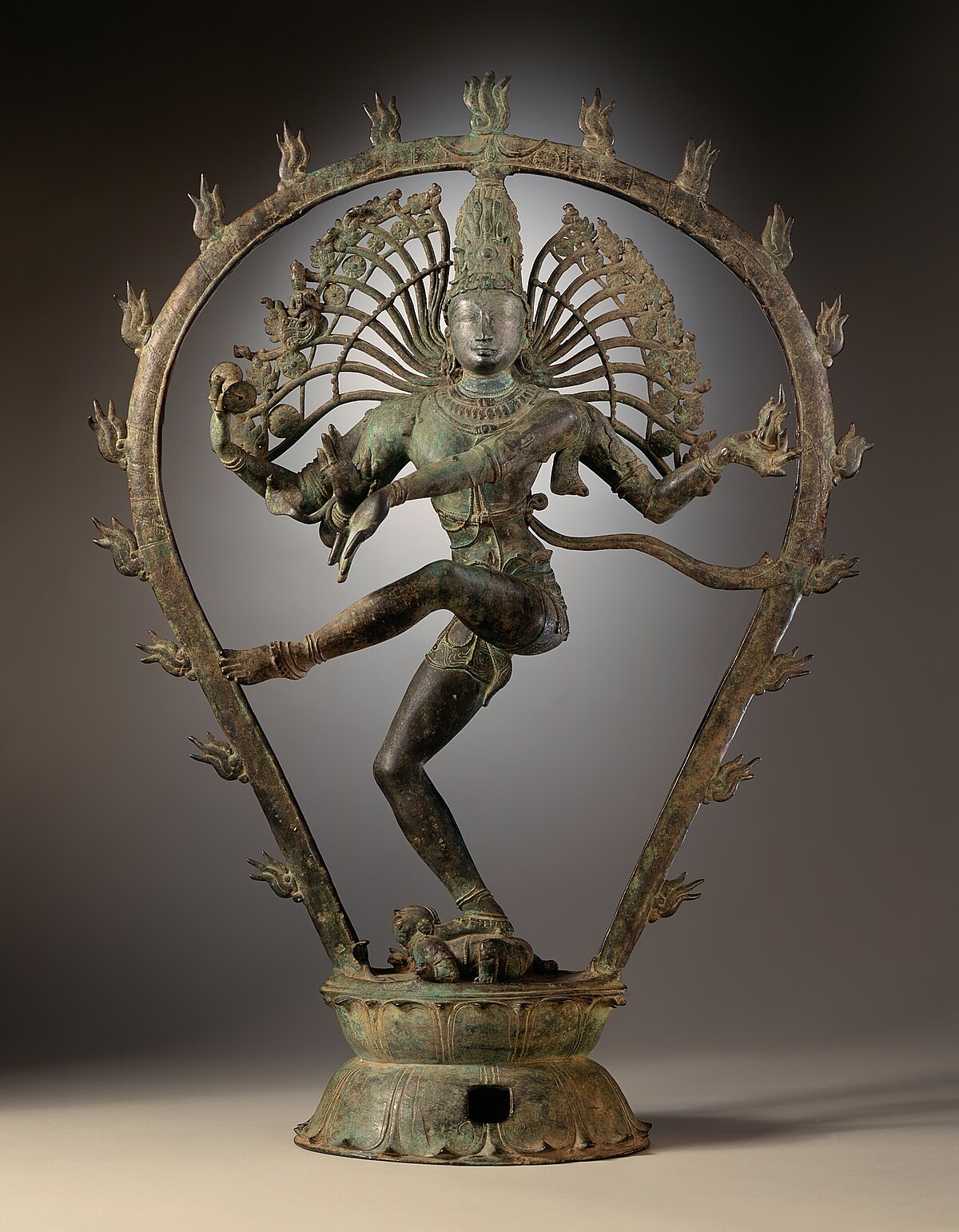
What is this image?
Shiva Nataraja
Where is the Shiva Nataraj from?
India
When is the Shiva Nataraja from?
11th-12th century

What is this image?
Army of the First Emperor of Qin
Where is the Army of the First Emperor of Qin from?
China
When is the Army of the First Emperor of Qin from?
ca. 210 BCE
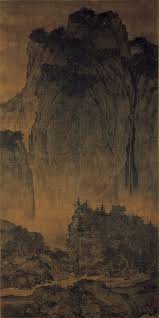
What is this image?
Travelers Among Mountains and Streams
Who was Travelers Among Mountains and
Streams made by?
Fan Kuan
Where is Travelers Among Mountains and Streams from?
China
When is Travelers Among Mountains and Streams from?
ca. 1000

What is this image?
Grand Shrine
Where is the Grand Shrine from?
Ise, Japan
When was the Grand Shrine last rebuilt?
2013

What is this image?
Portrait of a Man
Where is Portrait of a Man from?
Republican Period, Rome
When is Portrait of a Man from?
1st century BCE
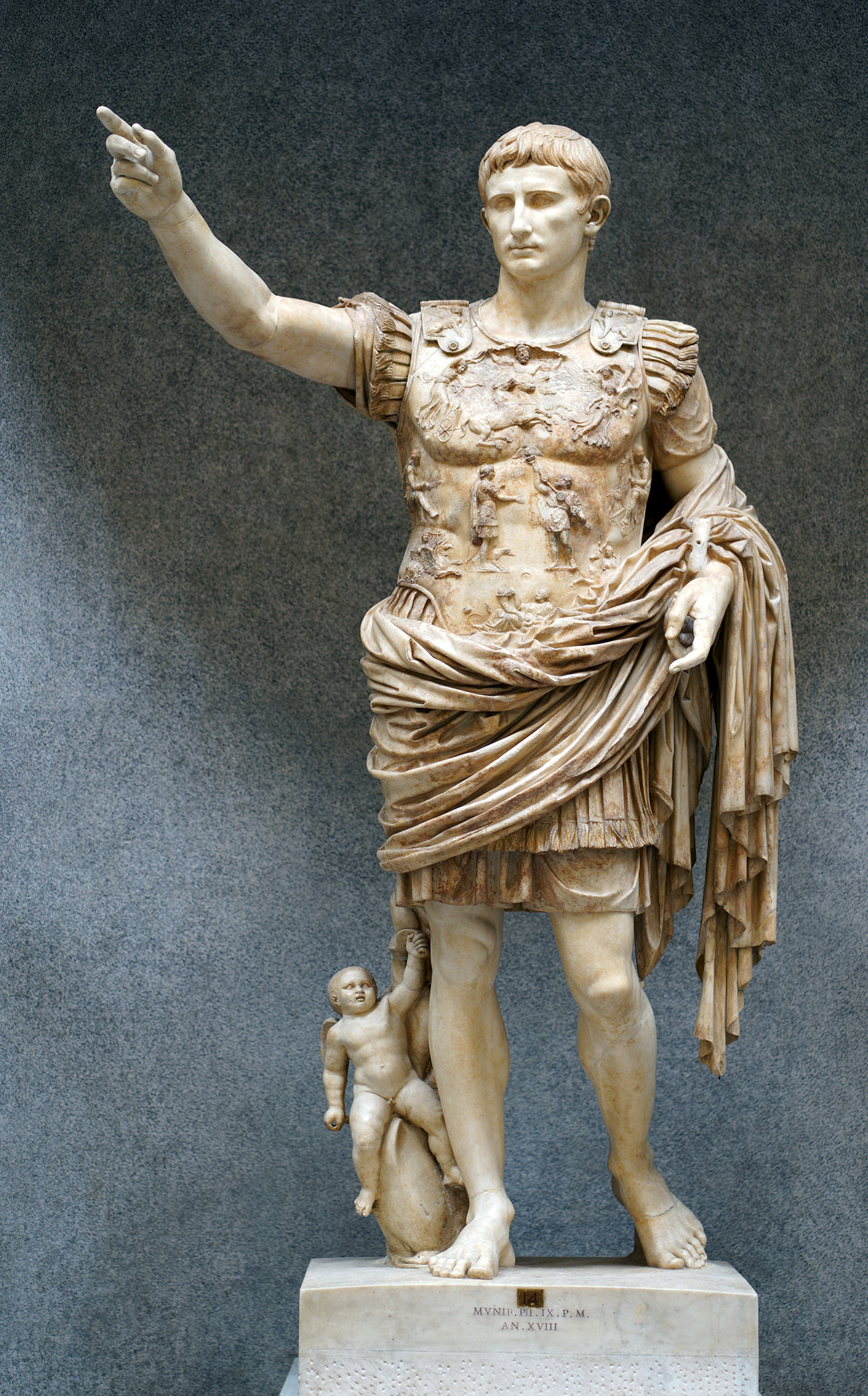
What is this image?
Augustus of Primaporta
Where is Augustus of Primaporta from?
Roman Empire
When is Augustus of Primaporta from?
Early 1st century
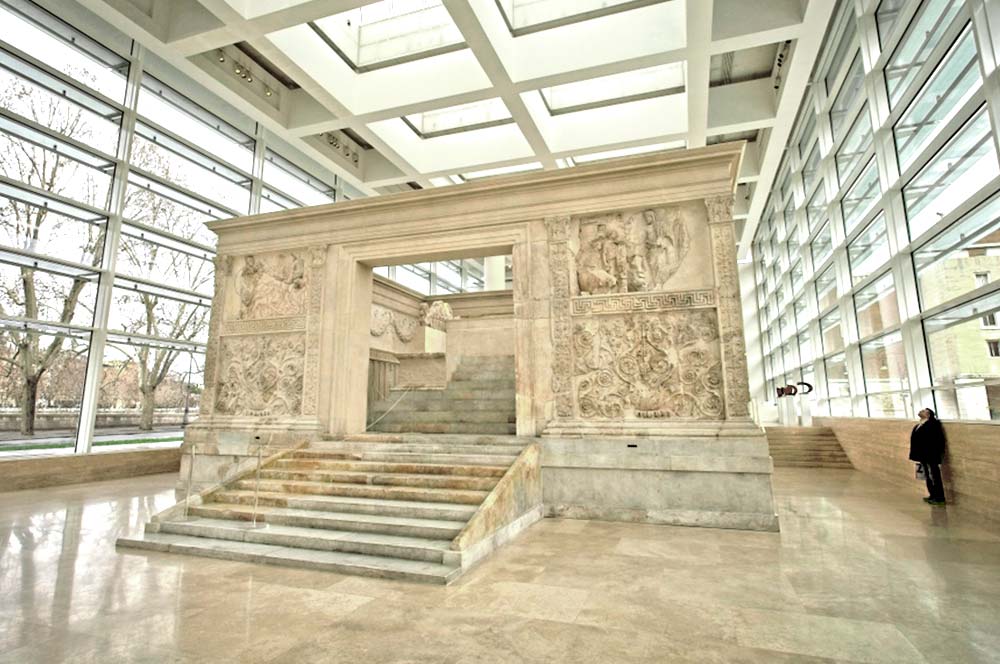
What is this image?
Ara Pacis Augustae
Where is Ara Pacis Augustae from?
Roman Empire
When is Ara Pacis Augustae from?
13 - 9 BCE
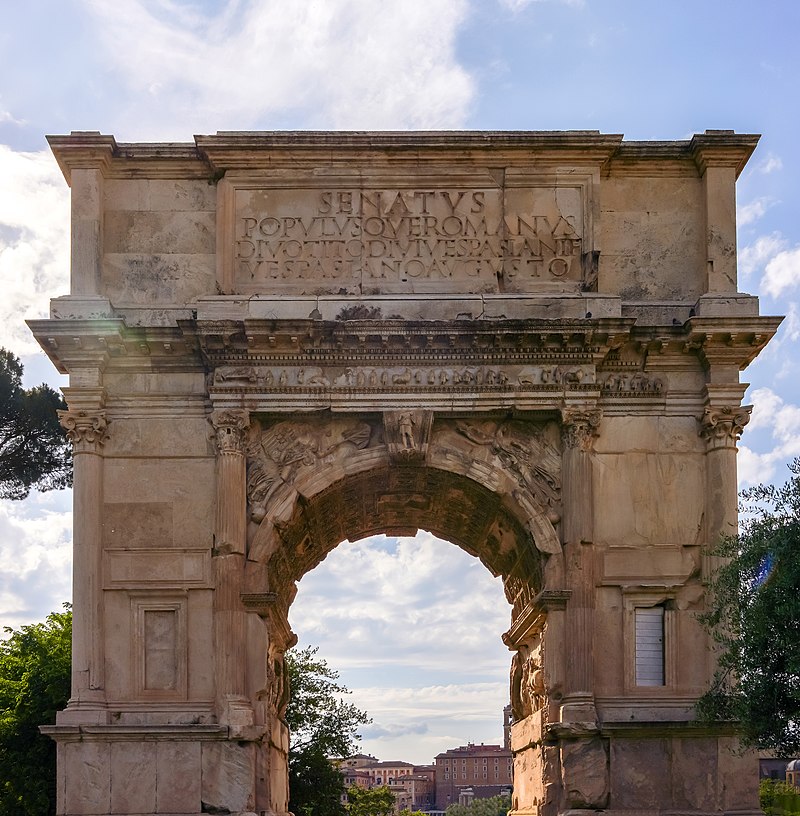
What is this image?
Arch of Titus
Where is Arch of Titus from?
Roman Empire
When is Arch of Titus from?
ca. 81
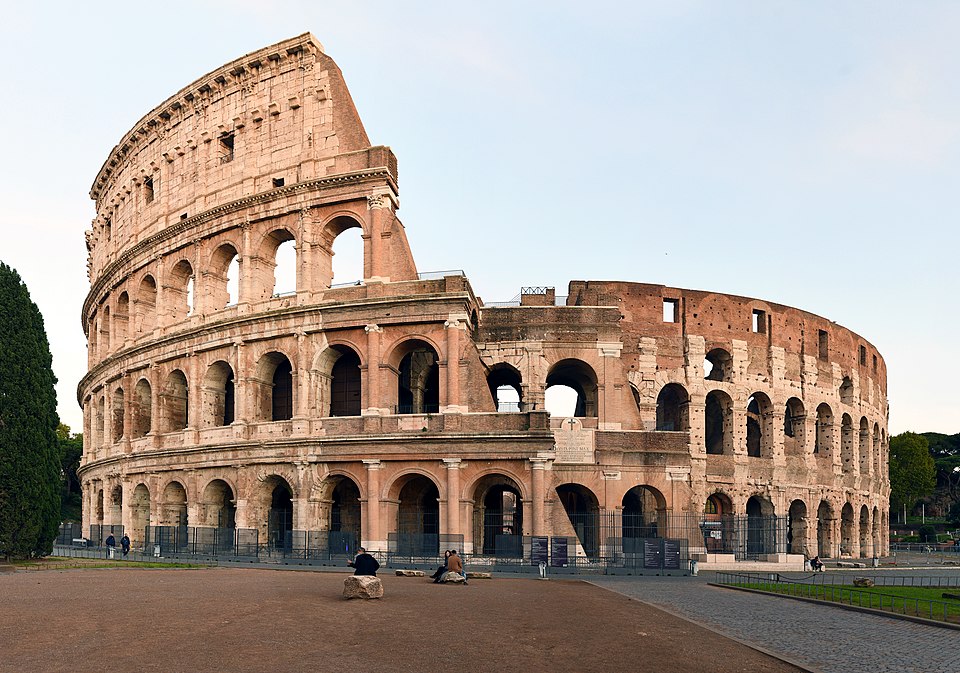
What is this image?
Colosseum
Where is Colosseum from?
Rome, Italy
Roman Empire
When is Colosseum from?
70 - 80
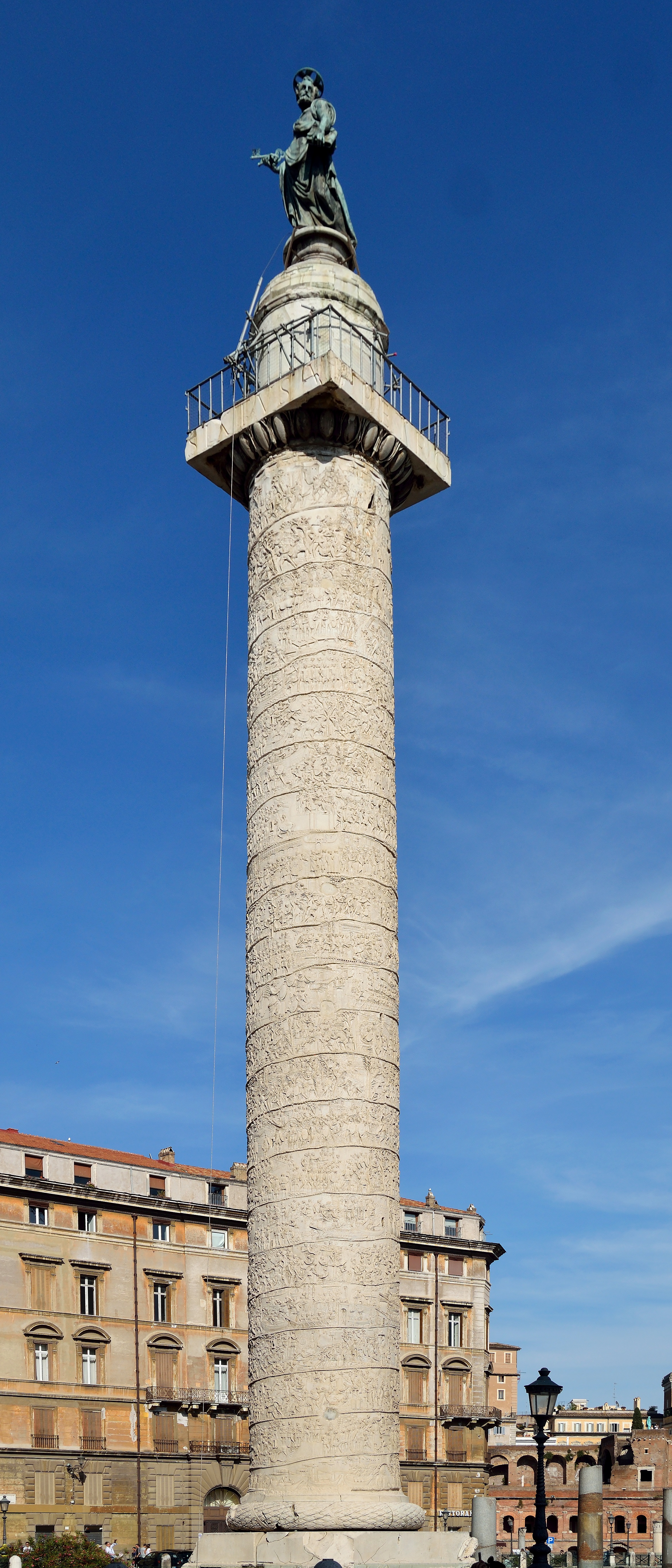
What is this image?
Column of Trajan
Where is Column of Trajan from?
Roman Empire
When is Column of Trajan from?
112

What is this image?
Pantheon
Where is Pantheon from?
Rome, Italy
Roman Empire
When is Pantheon from?
118-125
How does the Standing Buddha embody Buddhist beliefs?
The Standing Buddha portrays a feeling of inner peace and stillness. He is clothed in monk dressings, and has lakshanas, both of which denote enlightenment.
How does the Shiva Nataraja embody Hinduism beliefs?
The Shiva Nataraja is shown as a creator, preserver, and destroyer. It also conveys the concept of samsara, or the never-ending cycle of life - death - rebirth. In the Shiva’s hands he holds the drum of creation and the fire that will destroy the universe.
How does Portrait of a Man reflect the political ideals of the Republican Period?
The man appears very hyper realistic and unidealized, showing sagging skin, wrinkles, and signs of aging. During the Republican Period, gravitas (seriousness), virtus (virtue), and auctoritas (authority derived from age and experience) were valued traits to have during this time, which are portrayed in Portrait of a Man.
How does Augustus of Primaporta reflect the political ideals of the early Roman Empire?
Augustus is shown very idealized; shown young and athletic. There’s notable influence by Greek Classical sculpture, such as contrapposto, and Augustus is in the orator’s stance, showing his authority. This authority and idealism makes sense for the time, as Augustus portrayed himself as the restorer of peace during pax romama.
In what ways is the Column of Trajan a political monument? How does it celebrate/promote the Roman emperor who built it?
sThe Column of Trajan celebrates Emperor Trajan’s victory in the Dacian Wars. The friezes on the column portray the two military campaigns that Trajan was in, with few scenes of battle, and instead shows scene of construction and diplomacy. Trajan’s column also functions as his burial ground; his ashed were buried in the column’s base.
In what ways is the Colosseum a political monument? How does it celebrate/promote the Roman emperor who built it?
The Colosseum was built beginning under Emperor Vespasian, and finished during his son, Titus', rule. It was built over land that was previously used for Emperor Nero’s grand complex, in order to distance Vespasian from Nero’s extravagance. The Colosseum was also used as a way of social control, keeping the people of Rome loyal to the emperor. The emperor would also reside over the games held there, reinforcing his status as someone who could benefit Rome.